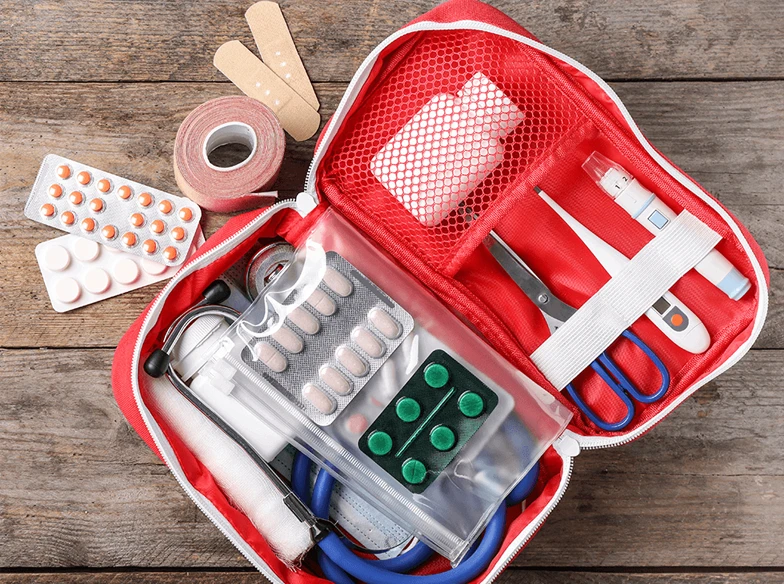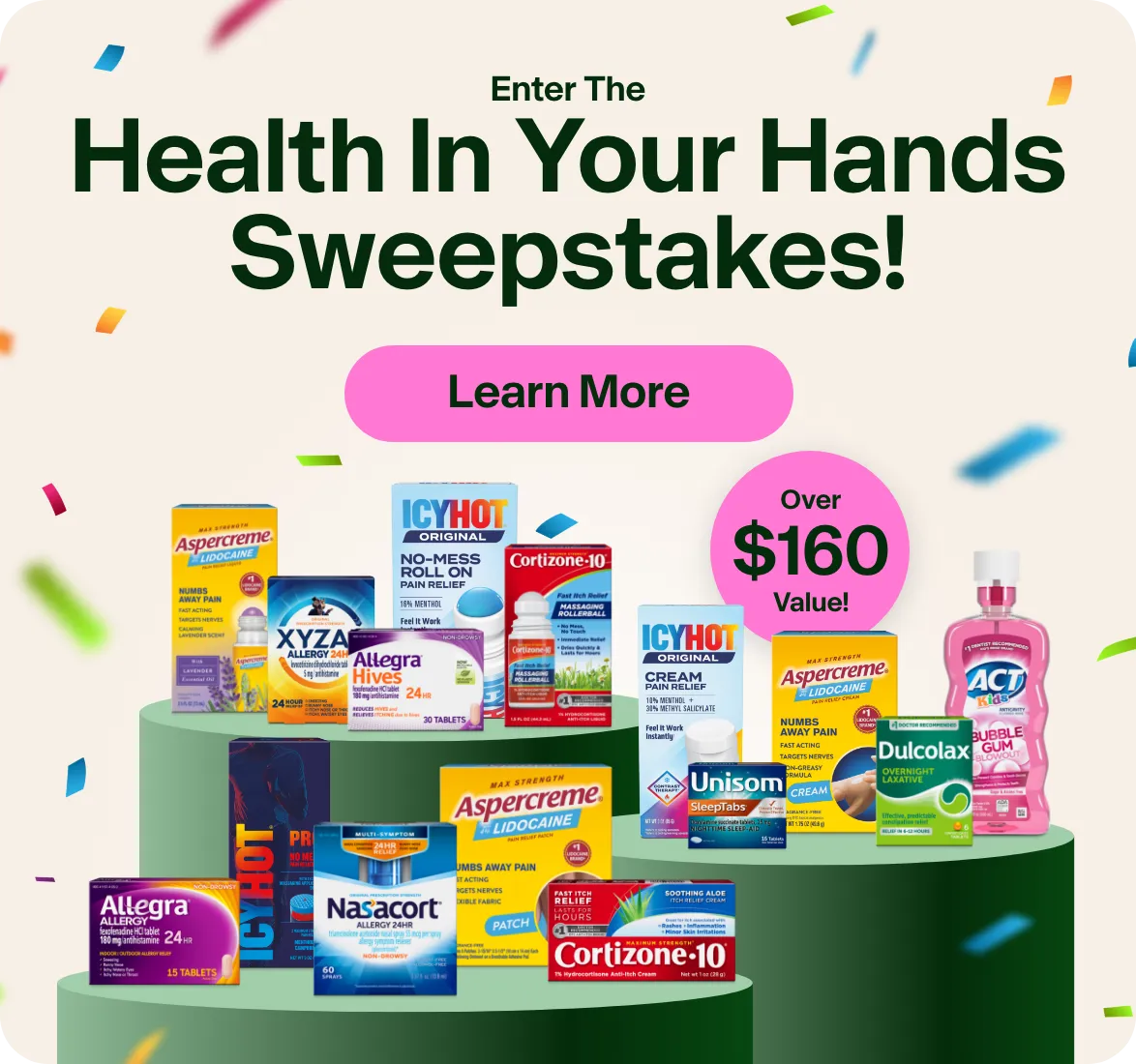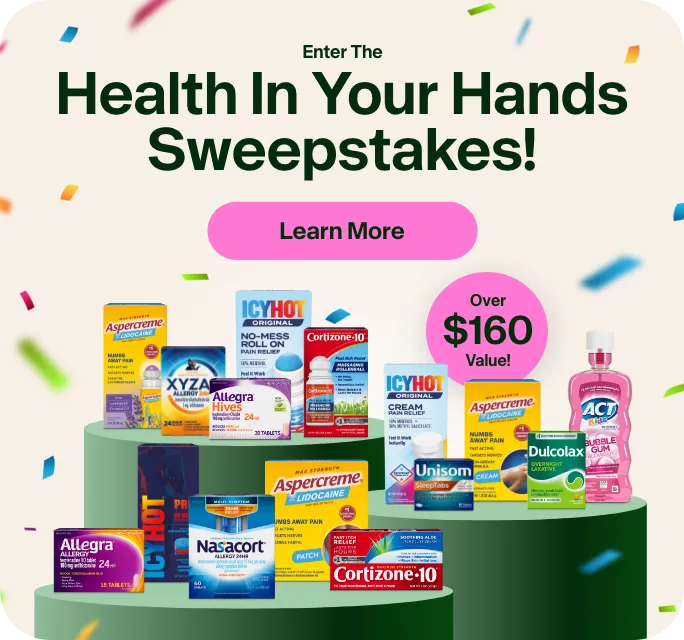
BE READY FOR ANYTHING
A first aid kit is the first thing you should pack when you’re packing a bag.
A well-stocked medicine cabinet is a must, especially if you have kids. Start with plenty of bandages plus hydrogen peroxide for cuts and scrapes. Then make sure you have all the usual suspects: ibuprofen, aspirin, bandages, antiseptic wipes, antibiotic ointment, allergy medicine, and Cortizone-10®: the stuff to relieve the itch from those mosquito bites.
So what about when you’re getting ready to hit the road or go on an adventure? That’s when you need to put together a first-class first aid kit. Exactly what you can and should include will vary depending on things like how much room you have, how long you’ll be gone, where you’re going, and how you plan to get there. But we can help you get the basics together, whether you’re packing a suitcase, a backpack, a sports bag, or something in between.
LEARN MORE ABOUT:
FIRST AID KIT BASICS

As far as what you should include, the basic list is pretty long — but better safe than sorry. Download and print this handy list when putting together your kit. It contains all the things you’d expect, like bandages and antibiotic ointment, plus a few things you might not expect, like a hydrocortisone-based product like Cortizone-10®.1
WHAT YOU NEED, WHERE YOU NEED IT

IN THE CAR
All vehicles should have a well-stocked and up-to-date first aid kit, even if you just use your car to get to and from the grocery store. If you’re going on a long road trip you might want your car kit to be a mirror image of your home kit. But for the day-to-day, make sure the first aid kit in your vehicle includes gauze, tape, bandages, antibiotic ointment, aspirin, a blanket, non latex gloves, scissors, hydrocortisone, thermometer, tweezers, and instant cold compress.3
The National Safety Council also recommends having a flashlight (with extra batteries), drinking water, a rain poncho, a cell phone charger, and other safety-related items.3
AT THE FIELD
IN THE WOODS
The size and contents of your first aid kit will vary on where you’ll be. A short stroll in the woods near your house is one thing, while a backpacking trip in a remote mountain range is a totally different excursion. Our article on outdoor living provides a more detailed look at preparing yourself for adventure. But here’s a quick look at the basics.
Having a first aid kit that’s both portable and waterproof is of the utmost importance. There are lots of places to buy prepackaged kits specially designed for camping. However, you should also make sure to supplement your kit with any items specific to your group (for example, pack an epinephrine pen for those allergic to bee stings).5
You might also consider including things like lip balm, sunscreen, insect repellent, and hydrocortisone cream.5
CORTIZONE-10® IS HERE TO FIGHT ITCH
If you find yourself with an itch to scratch, we can help. Cortizone-10® products contain the maximum-strength hydrocortisone available over the counter to provide temporary itch relief. Our products help relieve symptoms including itch associated with minor skin irritations, inflammation, and rashes due to eczema, psoriasis, insect bites, detergents, jewelry, cosmetics, soaps, seborrheic dermatitis, poison ivy, poison oak, and poison sumac.
That's why we're the #1 Doctor Recommended OTC Topical Anti-Itch Brand.*
Maximum Strength Ultra Moisturizing Anti-Itch Cream contains 10 moisturizers to make skin feel softer. It helps relieve itch associated with minor skin irritations and rashes due to insect bites, poison ivy, psoriasis, and more.
Maximum Strength Itch Relief Cream With Aloe contains maximum-strength hydrocortisone and aloe to help soothe your skin. It’s great for relieving itch associated with minor skin irritations due to insect bites, poison ivy, and more.
Maximum Strength Itch Relief Ointment provides water-resistant relief, making it a must-have for summer. With maximum-strength hydrocortisone, it helps relieve itch associated with minor skin irritations due to insect bites, poison ivy, and more.
Maximum Strength Itch Relief Cooling Gel brings a cooling sensation and cools skin on contact. Helps relieve itch associated with minor skin irritations, inflammation, and rashes due to insect bites, poison ivy, eczema, psoriasis, and more.
Maximum Strength Itch Relief Easy Relief Applicator It’s the no-mess way to help relieve itch associated with minor skin irritations and rashes due to insect bites, poison ivy, psoriasis, and more.
*2024 IQVIA Study
REFERENCES
1. Redcross.org, Editors. Make a First Aid Kit. American Red Cross.
2. Mayoclinic.org, Editors. First-aid kits: Stock supplies that can save lives. Mayo Clinic.
3. NSC.org, Editors. What Should You Keep in the Car? National Safety Council.
4. Childrenscolorado.org, Editors. First Aid Kit 101: What All Coaches Need to Know. Children’s Hospital Colorado.
5. WTA.org, Editors. How to Build A Hiker's First Aid Kit. Washington Trails Association.



